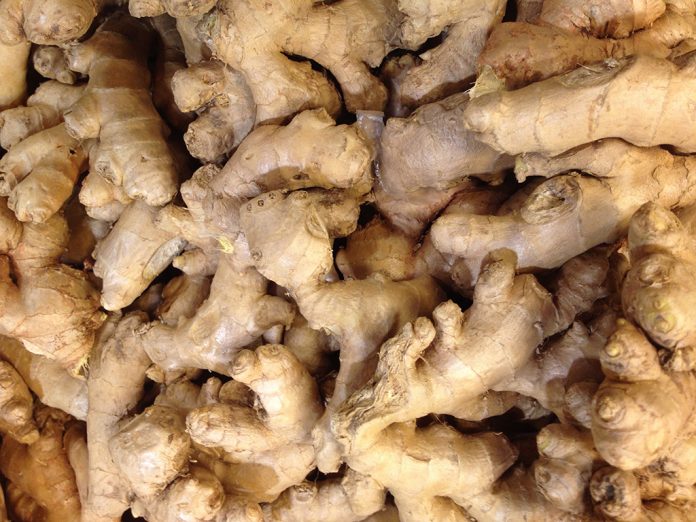When the cold temperatures arrive, announcing the upcoming darker days of winter, we cope quite well by adding an extra layer or two of clothing, but is there something else that can keep us warm should the heating fail?
It all comes back to a balance. Good and evil, Democrats and Republicans, yin and yang, hot and cold — you get the idea, right? Our bodies are the same when it comes to regulating temperature. With the colder temperatures, staying warm is important. Who likes to get sick and, well, be sick?
Traditional Chinese medicine (TCM) associates the water element with winter. It represents the yin part of the philosophy: cold, dark, and passive. It highlights the importance of preserving your internal energy. When it comes to dealing with sickness, food — or rather, our diet — plays an essential role in the TCM holistic approach. Each food has different thermogenic properties, and some can keep our bodies warm and others help us cool down.
Warming foods are the ones you want to consume during winter. They are the yang, and food with these properties boosts our blood circulation to raise our core temperature. Generally, eat more of warm-coloured (orange and red) vegetables such as carrots, beets, sweet potatoes, and winter squash. Add in some other roots such as onions, rutabagas, and burdock, as well as fats from seeds, nuts, and whole grains, and your body will thank you both in the short and long run.
Surprisingly, adding some of the culinary herbs from the spice kingdom can assist you immensely. Let’s have a look at five spices that you could include in your diet to stay warm.
Ginger
With its natural antioxidant and antiseptic properties, ginger is a great addition during colder months. It improves blood circulation to all parts of the body and thus keeps you warm. Juice it, add it to your morning smoothies, or spice up your dishes. Infusing water is another great way to reward your throat after spending time outside. My favourite is probably just adding few slices of fresh ginger to an herbal tea. It is also known for treating nausea and calming upset stomachs, boosting the immune and digestive systems, and reducing inflammation. Ginger ale, anyone?
Cinnamon
Who doesn’t like the smell of freshly baked cinnamon rolls? They don’t have to be the only way to eat more cinnamon. Fruity smoothies will not only give you needed energy from sugars in the morning, but with ground cinnamon will keep you warm as well. For those preferring a cup of joe, add it to your coffee. Screw you, pumpkin spice latte! Cinnamon is sweet and aromatic, boosts metabolic activity, and increases blood circulation.
Turmeric
A staple in Indian cuisine and a cousin to a curry, both of which Ayurvedic (a holistic healing philosophy from India) highly appreciates for its warming qualities and taste. Just like cinnamon, turmeric can induce a drying effect in our bodies which in turn raises the temperature. Curcumin, being an active compound in turmeric, brings blood vessels back to health and normalizes the blood circulation. You see the pattern of balance?
Cardamom
South India and Sri Lanka are home to a fragrant, gently warming herb called cardamom, which stimulates lungs and in turn raises our temperature. And if this wasn’t enough, students will surely appreciate its properties that improve mental alertness. Masala chai lattes being back in the season should make sense now, right?
Black and cayenne pepper
Cayenne, also known as Guinea spice, helps give relief from coughs and chills, tackles down congestion, and is rich in vitamin C. Get more adventurous this winter in the kitchen and use this red, flaked spice as an excellent addition to soups. Along with salt, black pepper is perhaps the most used table seasoning. Similarly to cayenne, it has antiseptic and antioxidant properties. Whether winter is coming or not, its potent warming quality will protect you even without building a wall. Spice it up and stay warm!


